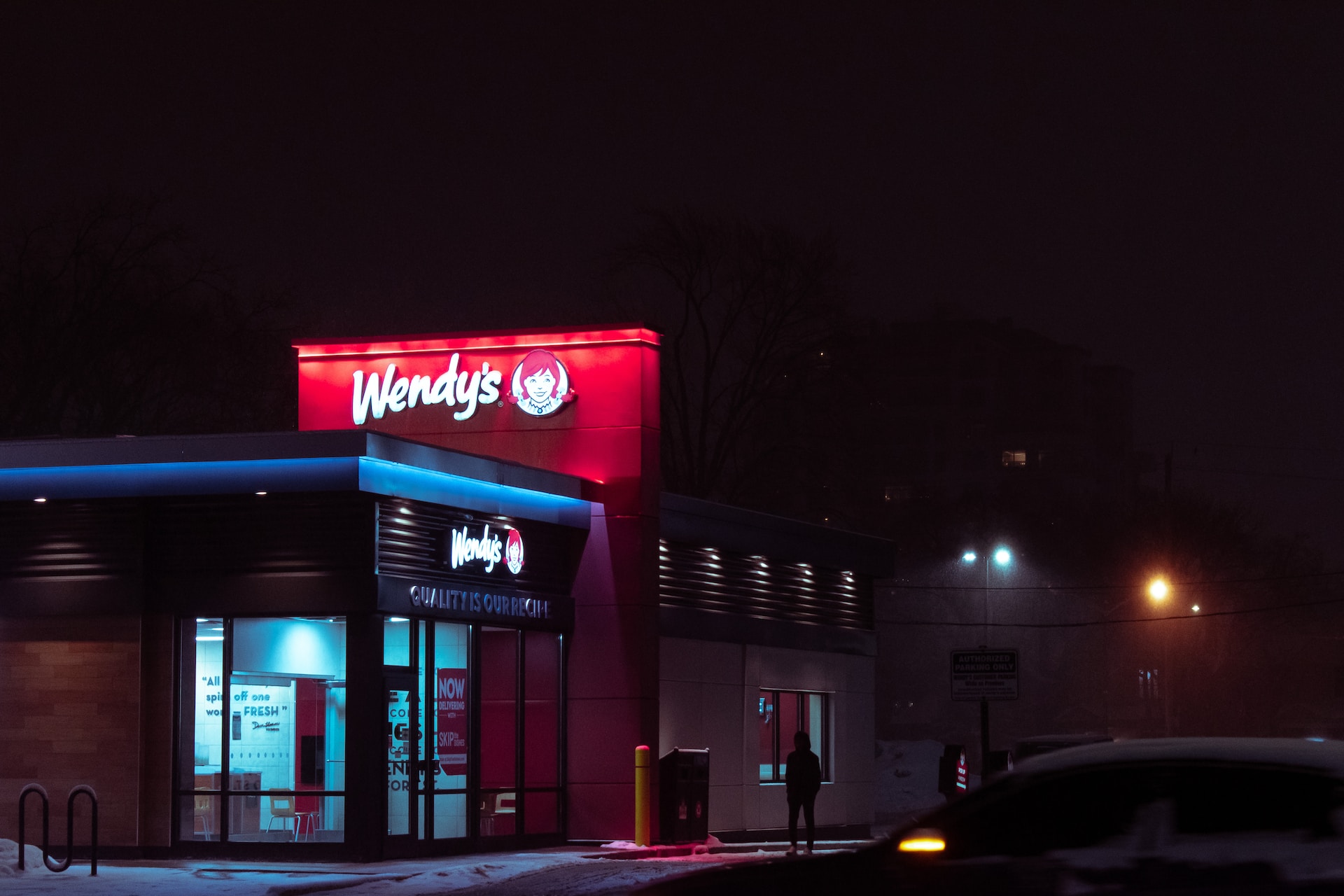
United States-based fast-food giant Wendy’s has recently embraced cutting-edge technology by incorporating a Google-powered Artificial Intelligence (AI) chatbot to streamline the process of taking orders from drive-through customers across the US. This move positions Wendy’s as one of the frontrunners in leveraging generative AI to foster business growth and enhance customer experience.
According to Wendy’s, the newly introduced chatbot will be equipped with a female voice and, while not aiming for perfection, possesses remarkable capabilities. It was trained to comprehend customer requests, even when they are not expressed precisely as they appear on the menu. Moreover, the chatbot has undergone extensive training to understand the various ways customers order items that may not be easy to find on the menu.
In addition to its advanced ordering skills, the chatbot provides a natural and seamless interaction, akin to conversing with a knowledgeable employee. It boasts the ability to understand speech and address frequently asked questions (FAQs), ensuring a user-friendly experience for customers. It will also be able to cut through the noise emanating from cars filled with hungry commuters and families.
Once the chatbot – which works to upsell customers − takes an order, it appears on a screen for line cooks. From there, prepared meals get to the pickup window and to drivers by a worker.
Wendy’s CEO, Todd Penegor, emphasized the chatbot’s conversational nature, assuring customers that the interaction will be so seamless that they won’t even realize they are conversing with an automated system.
AI Implementation will not replace workers with an automated system- Wendy’s CEO
Penegor clarified that the implementation of the AI is not a result of restructuring efforts, and the company has no intention of replacing workers with automation. Wendy’s recognizes that the primary objective of incorporating this technology is to optimize the ordering process.
He added that the essence of the innovation is to streamline the ordering process, prevent long lines in the drive-through lanes from turning customers away, prevent mistakes with orders, and allow workers to focus on preparing food.
Addressing the challenges associated with drive-through interactions, Thomas Kurian, CEO of Google Cloud, highlighted the complexity of employing AI in this context. He acknowledged that drive-through scenarios present one of the most demanding hurdles for AI technology to overcome successfully.
AI application will navigate through extraneous noise- Google Cloud CEO
Kurian emphasized the presence of various sources of extraneous noise within a family car, such as music playing or children conversing in the back seat. This necessitates the software’s ability to effectively filter out these sounds and prioritize the voice of the individual placing the order. Achieving this level of precision entails meticulous fine-tuning and calibration.
Furthermore, Kurian underlined the need for the AI application to adapt swiftly when customers alter their order midway through the process. Flexibility and agility are crucial elements to ensure accurate order capture, as individuals may change their preferences or modify their requests during the conversation.
Considering the multifaceted nature of these challenges, Kurian acknowledged that developing a robust AI system for drive-through interactions is a highly intricate task. The software must possess the ability to discern and comprehend the specific language used by customers, navigate through background noise, and dynamically adapt to changes in the order seamlessly.
Wendy’s has announced its plans to officially launch the chatbot at a company-owned restaurant in Columbus, Ohio, in June. The fast-food chain, headquartered in Dublin, Ohio, aims to demonstrate the effectiveness of this technology to its franchisees, highlighting its potential to enhance service speed and ensure consistent customer experiences.
Kevin Vasconi, Wendy’s Chief Information Officer, emphasized the pilot rollout’s primary objective: to showcase the capabilities of the chatbot and provide evidence of its ability to improve service efficiency and reliability. Vasconi further expressed his satisfaction with the results from recent test runs conducted at the Columbus restaurant, indicating positive outcomes.
Photo Credit: Batu Gezer



